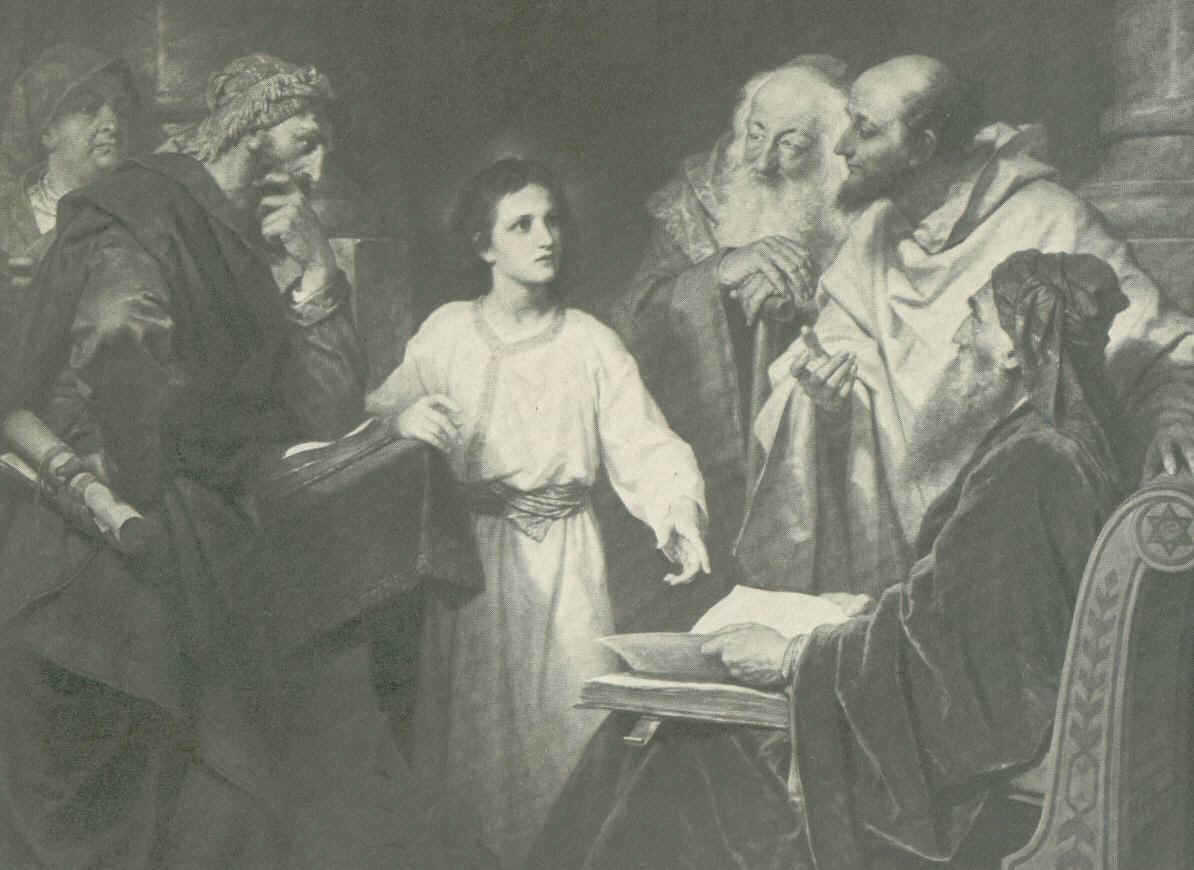The category in Maiorem looks sound, the criteria less so
There is a good impulse behind Pope Francis’ document, Maiorem hac dilectionem, providing a path to beatification/canonization for those who offer their lives for others, if only because Maiorem addresses more cogently the awkward notion of “martyr of charity” developed by Pope John Paul II in regard to such luminous figures as St. Maximillian Kolbe. The distortion of the idea of “martyrdom” inherent in that novel terminology has led, I fear, to a lurch from recognizing as “martyrs” (for the Faith) pretty much any Catholic who dies as a victim of religious persecution, something that has never sat well with the traditional understanding (and values) behind the concept of martyrdom. Unfortunately, making that technical point has long labored under the shadow of impiety, and I am pleased that Maiorem deals with it more forthrightly.
No, my concern about Maiorem is not with the category, it’s with the criteria.
Eligible for a process under Maiorem are those who “have voluntarily and freely offered their lives for others and have persevered until death in this regard.” Problem: This status includes tens of thousands of soldiers, policemen, firemen, and, countless others whom, we all know, put their lives on the line for others constantly and in many cases do in fact ‘voluntarily and freely offer their life for others’. And that is to say nothing of innumerable spur of the moment, but ultimate, sacrifices. If Mairoem is retroactive—and nothing suggests that it isn’t—local Churches first, and then Rome, could be deluged with sympathetic petitions. Deluged.
Unless some other criteria limit potential petitions. So, do any?
Well, the candidate for recognition must have lead a life of “ordinary Christian virtue” prior to his or her sacrifice. Problem: Such a criterion, aside from being quite vague (and hence of little use in a legal process) also seems easy to satisfy for countless cases. Under it, one need not have led a Kolbe-life prior to taking another’s place in the death cell, one just needs to have been an ordinarily decent Catholic man or woman. So, not very many petitions can be eliminated on that score.
ASIDE: Strictly speaking, if the greatest love is shown by one who gives his life for another (and we know that is true because Jesus told us so), why is it necessary to have led an ordinarily decent Christian life prior to offering one’s life for another in order to be recognized in this manner as having given one’s life for another? Cannot the crisis of a life and death situation lead one, in an instant, with the grace of God, to put aside a sinful life and choose the highest act of love? Does Maiorem, as stated, suggest that self-sacrifices by ‘less-than-honorable’ individuals are less significant?
Next there must be “signs of and a reputation of holiness, at least after death.” Now the procedural requirement regarding a reputation for holiness, especially one after death, has always been a problem in Church life. On the one hand, the Church has rightly been on guard on against excesses of piety toward local sons and daughters morphing into de facto canonizations—hence the many rules over the centuries restricting public cult for non-blesseds and non-saints (see, e.g., 1983 CIC 1187). At the same time, the Church does not want to investigate a figure whom no one cares about anymore. The tension between these two values has led to the unhappy compromise of looking for, well, some attention but not too much. No longer being able to thin cases by the requirement of a life of demonstrable “heroic virtue”, the reputation problem remains in these new norms, but stories apparently eligible for consideration under Maiorem are going to suffer, at least in the short run, from an inability to show a “reputation for holiness” after death in part because Catholics who honor the memory of their fallen ones might have avoided, even discouraged, reputations for holiness precisely out of respect for the Church’s reticence toward such accolades, especially in the cases of so-called “ordinary Christians”—the group explicitly included in the new norms as being eligible for consideration.
The final requirement, that of a miracle attributable to the candidate, adds nothing to what is already required and, for that reason, it will do nothing to decrease the number of cases eligible for local and Roman investigation under Maiorem—which is, of course, the tedious and taxing part of the process. So, once again, the new norms seem of limited practical value.
I say again, I think that the basic idea behind Maiorem is sound but I also think that some fairly significant practical issues have not been adequately anticipated or addressed in a document intended by its genre to address practical issue.
So, we’ll see what happens.
Post-script. I see Latin took another one on the chin here. This morning’s Bollettino introduced the Italian version of Mairoem as “the text” of Francis’ letter and identified the Latin as a “translation”. The fact that Maiorem sports a Latin title means little for so did Evangelii gaudium (2013) and it was officially released in Italian. Last I checked is still not out in Latin.



Comments are closed.